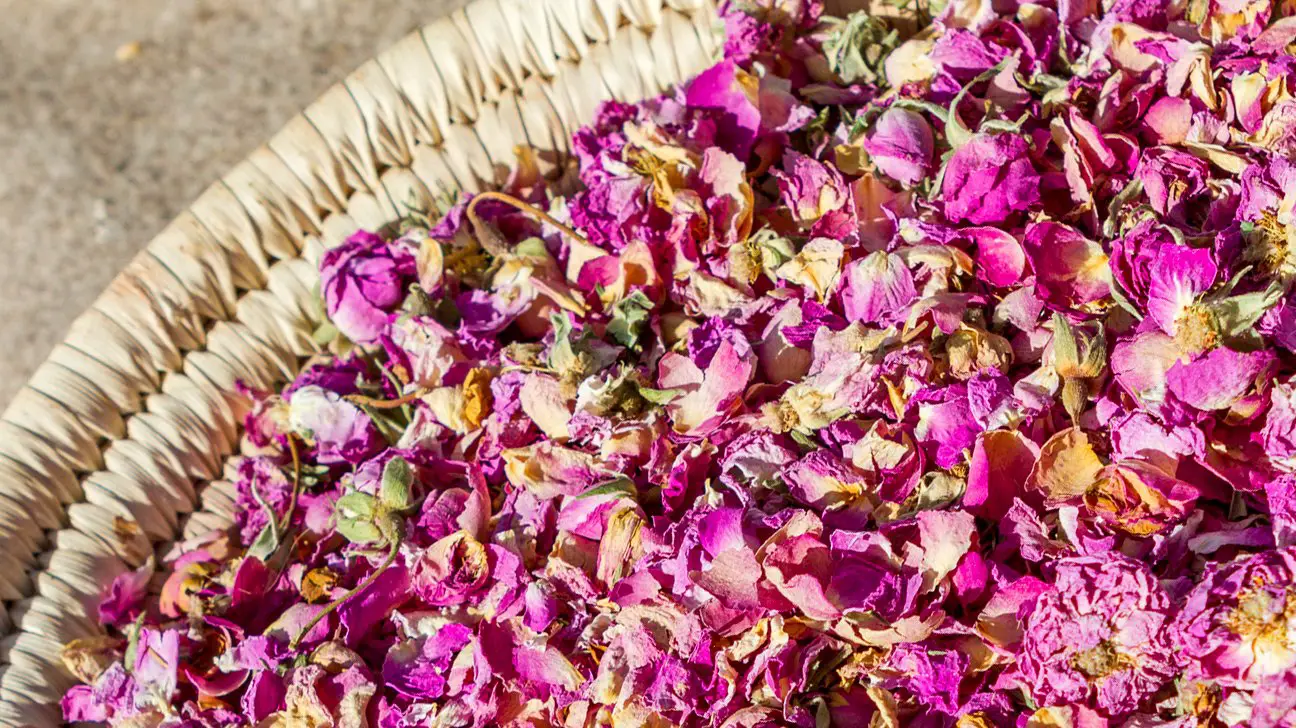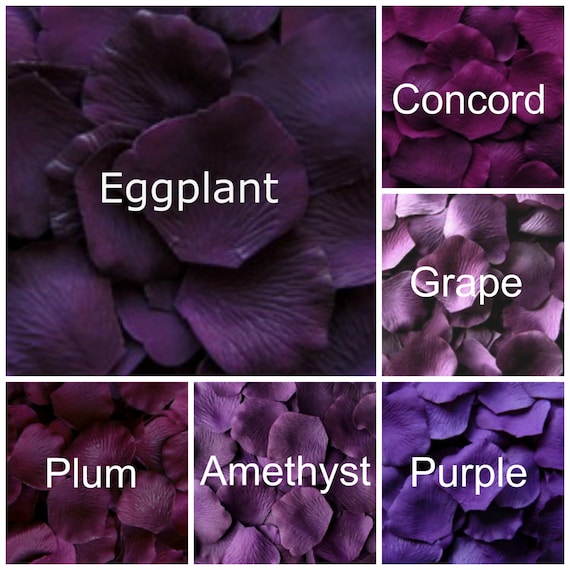Why Do Rose Petals Turn Purple When You Boil It

Have you ever wondered why rose petals turn purple when you boil it? Well, the answer is actually quite simple. When you boiling water, it causes the pigment in the flower to change colors.
The pigments in roses are made up of different colors, including pink, red, and white. When these pigments are exposed to heat, they change colors. So, that’s why your rose petals turn purple when you boil them!
Ever wondered why rose petals turn purple when you boil them? Well, the answer is actually quite simple. When you expose rose petals to heat, the pigments that give them their color start to break down.
This process is called “thermal degradation.” As the pigments degrade, they change color. Red pigments usually turn purple or blue when exposed to heat.
So, that’s why your rose petals turn purple when you boil them!
Last night, rose petals turned purple
Why Do Rose Petals Turn Purple When You Boil Them
When you boil a rose petal, the purple color is due to the anthocyanin pigments in the petals being broken down. Anthocyanins are water-soluble pigments that are found in many flowers, fruits, and vegetables. They are responsible for giving red, blue, and purple colors to these plants.
When you boil a rose petal, the heat breaks down the anthocyanins into simpler molecules that no longer absorb visible light, resulting in the loss of color.
What is the Science behind This Phenomenon
There is a lot of science behind the phenomenon known as the Aurora Borealis, or the Northern Lights. This natural light show is caused by collisions between electrically charged particles from the sun that enter into the earth’s atmosphere. The particles are funneled towards the poles by the earth’s magnetic field and collide with atoms in the upper atmosphere.
These collisions cause electrons to be excited and they release photons, or particles of light. The result is an amazing display of lights in shades of green, red, yellow, and violet that can often be seen in the night sky.
What Causes Rose Petals to Change Color When Boiled?
When rose petals are boiled, they undergo a fascinating transformation. The natural pigments in the petals, including anthocyanins, react to the heat and change color. However, blue rose petals are a different story. They don’t exist naturally and require genetic modifications. So, the phenomenon of blue rose petals changing color when boiled is purely hypothetical.
Is There Any Way to Prevent It from Happening
There are a few ways that you can prevent your computer from overheating. One way is to make sure that you have proper ventilation for your computer. This means that you need to have enough airflow so that the heat can dissipate.
You can do this by making sure there are no obstructions near your computer, such as papers or books. Another way to help ventilate your computer is to use a fan. You can either use an external fan or one that is built into the case of your computer.
Another way to prevent your computer from overheating is to keep it clean. Dust and dirt can build up inside the case and on the components of your computer, which can block airflow and cause heat to build up. You should regularly clean out the inside of your computer case, as well as all of the fans and other cooling components.
You can use compressed air to blow out dust and dirt, or you can vacuum it up with a special attachment.

Credit: www.etsy.com
Conclusion
According to the blog post, boiling rose petals will turn them purple due to the presence of anthocyanin. Anthocyanin is a water-soluble pigment that is responsible for giving plants their color. When exposed to heat, the anthocyanin molecules become more unstable and change color.
While this may seem like a negative effect, boiling actually helps to release the pigment’s color and can be used to create natural dyes.
